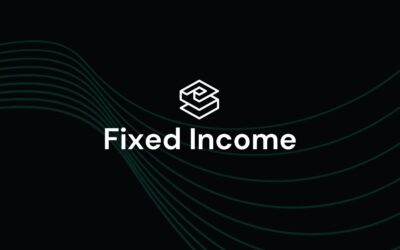This article explores the relevance of leverage in investment strategies amid higher interest rates. The decision to use leverage should be based on the expected returns of assets rather than current interest rates.
Return Stacked® Portfolio Solutions
The Return Stacking How-To Guide
The implementation of return stacking allows investors to solve some potentially pressing problems faced in portfolio construction. In this article, we explore four case studies that showcase some of the most utilized methods to introduce return stacking to a portfolio.
Bonds Plus Alternatives and Chill?
With nominal yields for 10-year U.S. Treasuries hovering around 5%, we explore whether a return stacked “bonds plus” strategy can serve as an alternative to core equity holdings for intermediate investment horizons.
Tracking Error: Return Stacking versus Replacement
For benchmark-sensitive investors (and, let’s be honest, who isn’t at least a little benchmark sensitive), tracking error is an incredibly important metric. If you’re unfamiliar with the term, tracking error captures the volatility in the difference of returns between your portfolio and its benchmark.
Portable Alpha: Enhancing Portfolio Returns Through Strategy Separation
This strategy, which aims to isolate the beta and alpha components of a portfolio, has been utilized in portfolio management for decades. Learn how portable alpha can apply to modern portfolios and may benefit investors amid low expected returns and market uncertainty.
Return Stacking and Taxes
This article explores a hypothetical example of a return stacked strategy and how the composition of the strategy can impact the after-tax returns of the portfolio.
Return Stacking: A Different Way to Outperform our Benchmarks
The primary indicator of success in the investment industry is the outperformance of a benchmark. Historically, this has been done through security selection but in this article, we provide an alternative method: return stacking. (This article is written by Rodrigo Gordillo)
Excess Returns through a Structural Edge
In the pursuit of excess returns, many investors are constrained to security selection and tactical asset allocation. In this article, we explore how return stacking can be used to separate alpha from beta and pursue excess returns through a structural edge.
The Glide Path Re-Imagined (Part 2)
Discover how glidepaths adapted to individuals combined with diversification and return stacking benefit result in retirement improvement.
The Glide Path Re-Imagined (Part 1)
Given existing capital market assumptions (“CMAs”), how can we develop CMAs for return stacked portfolios?







